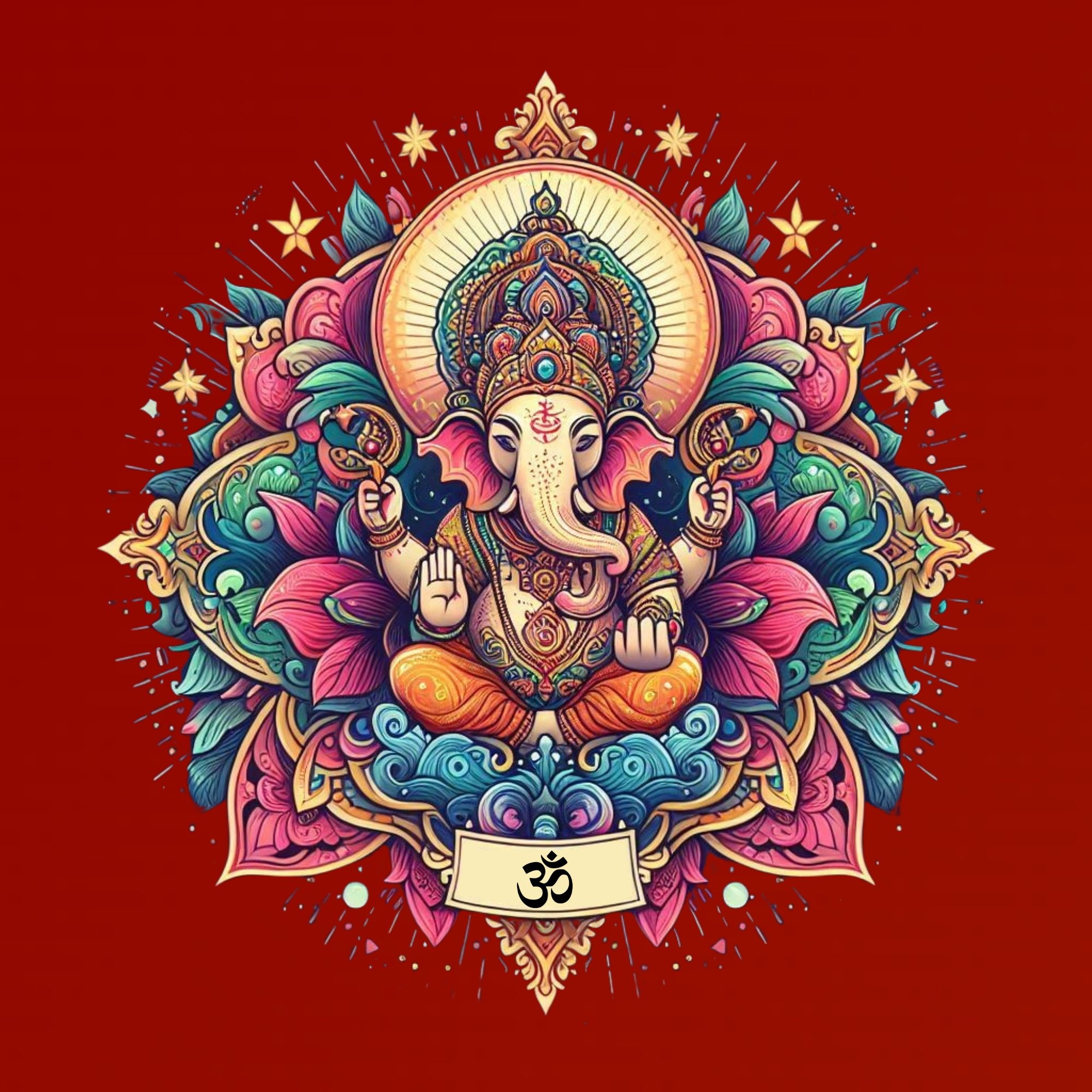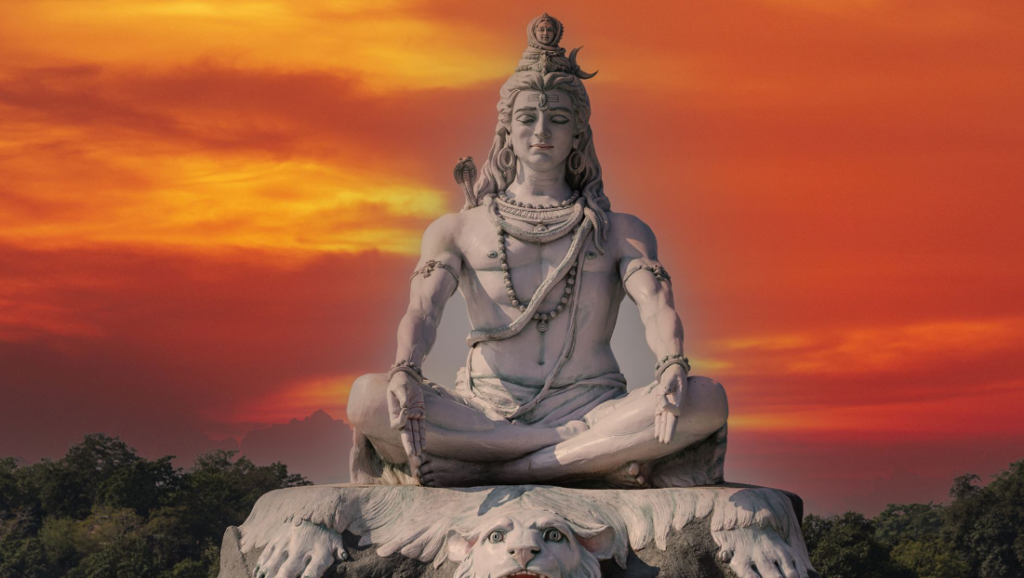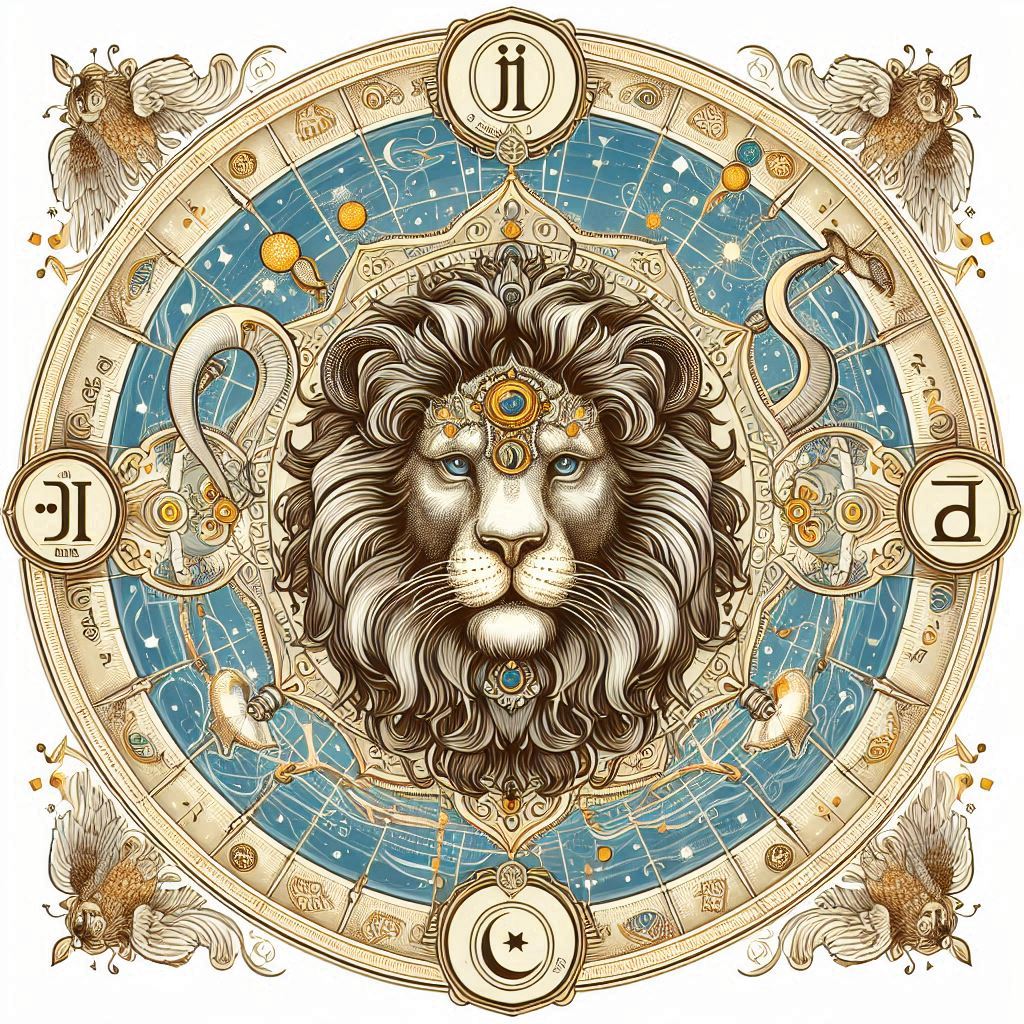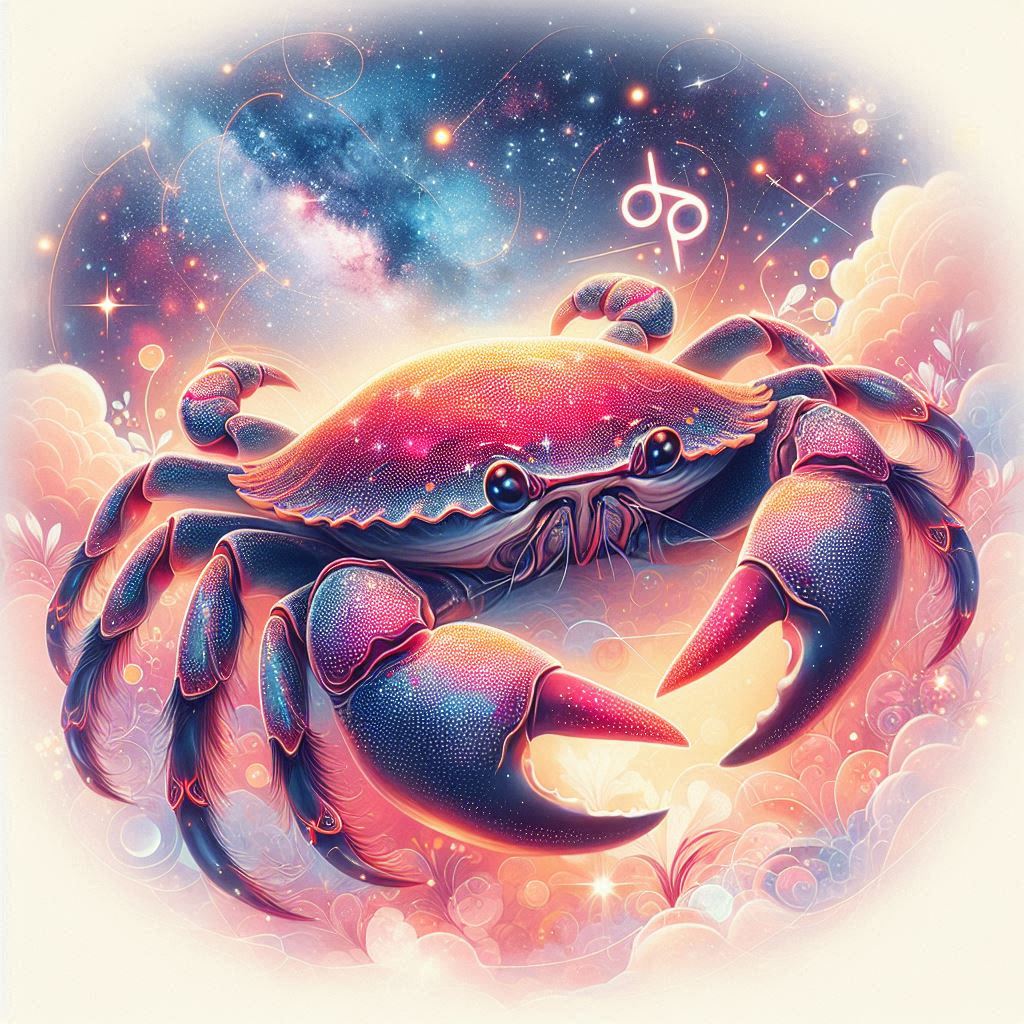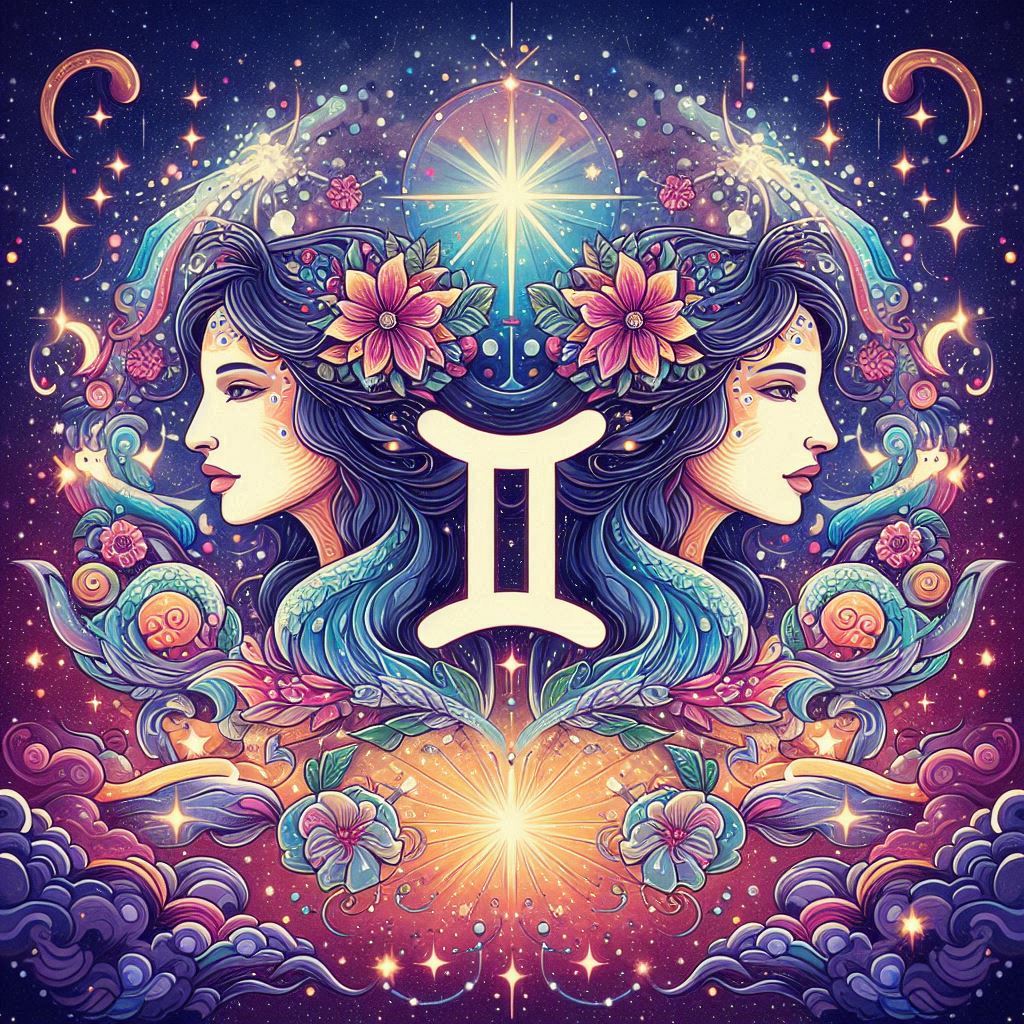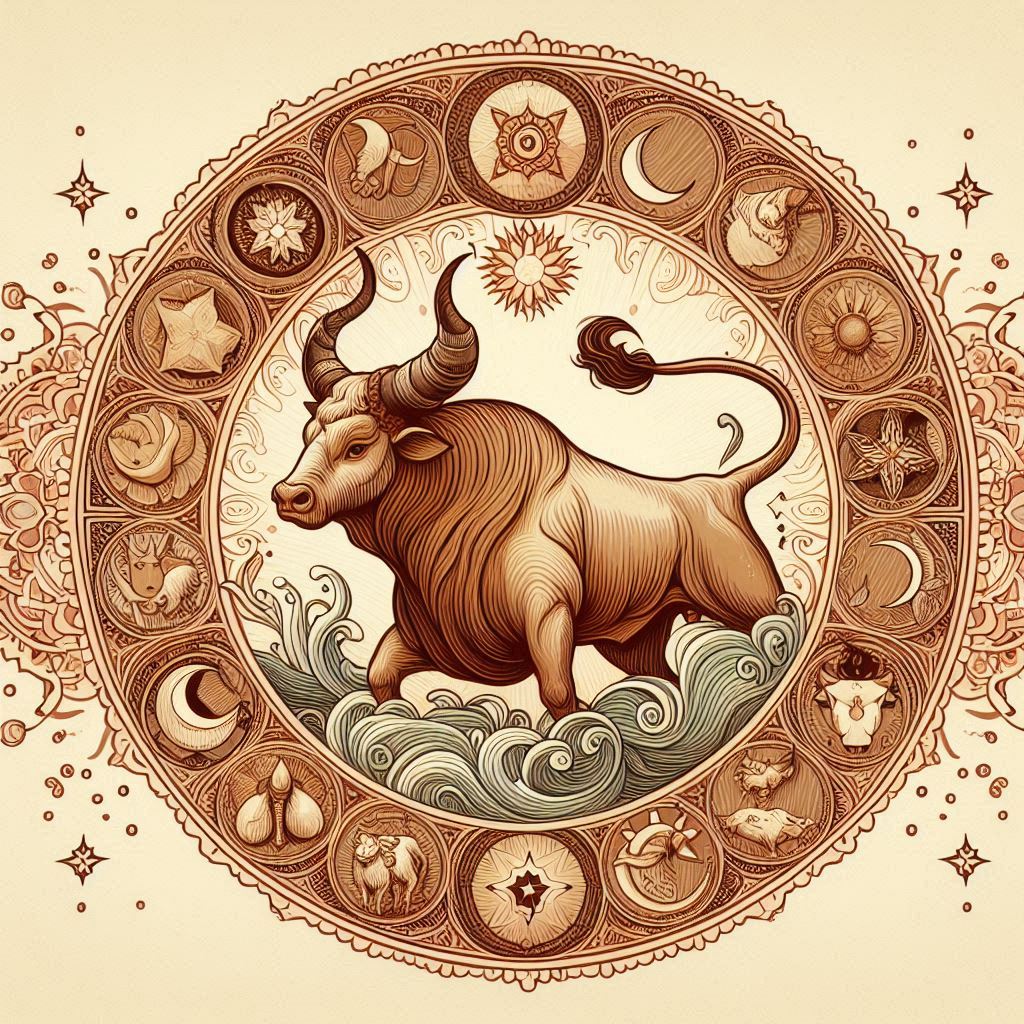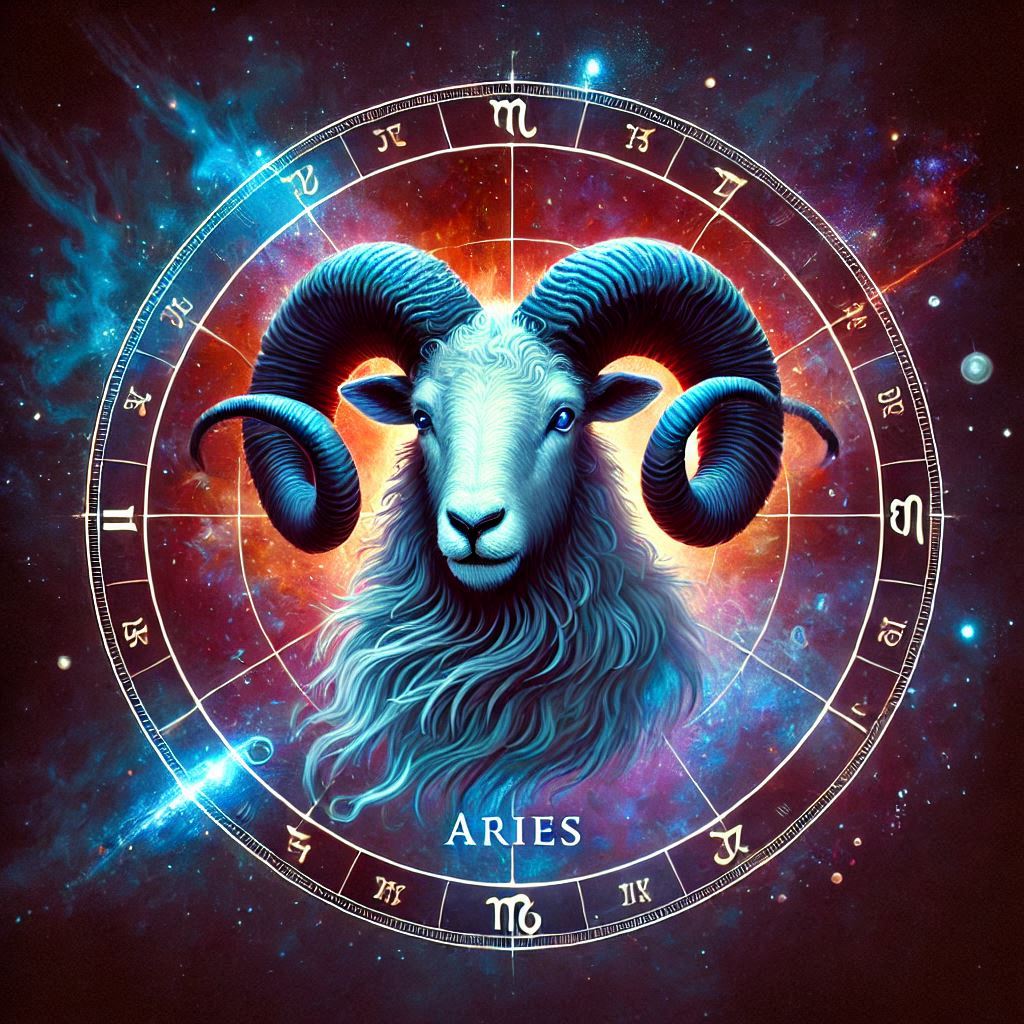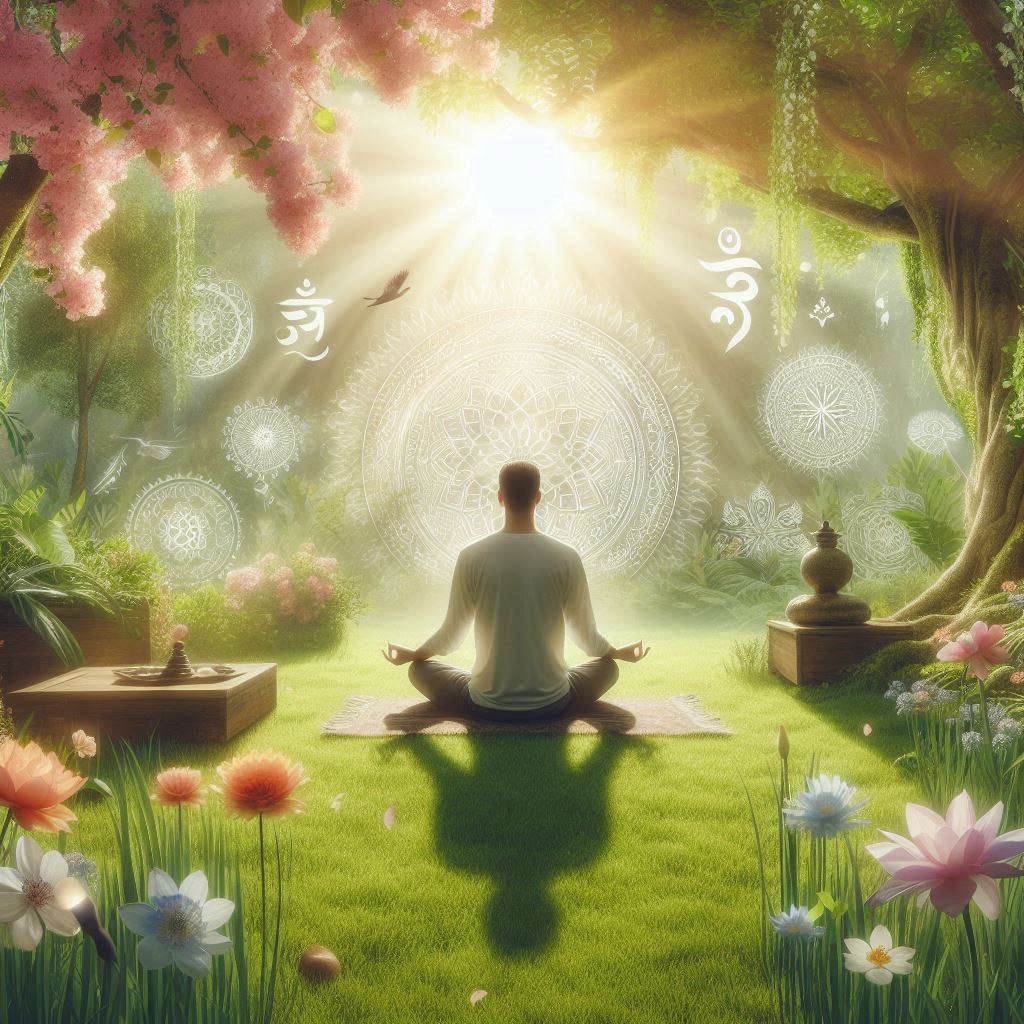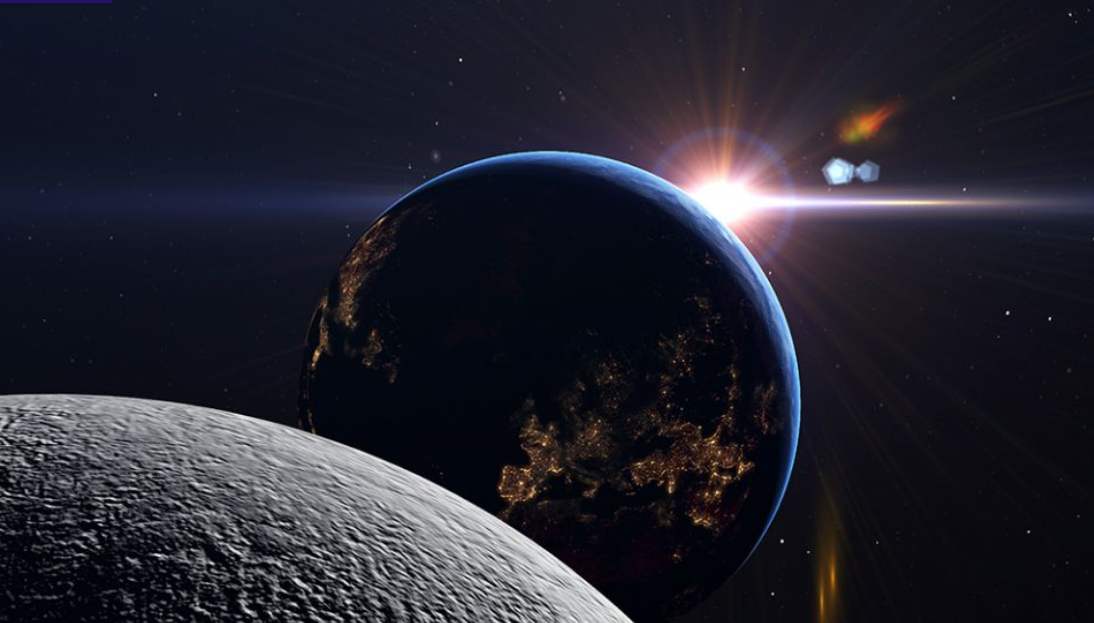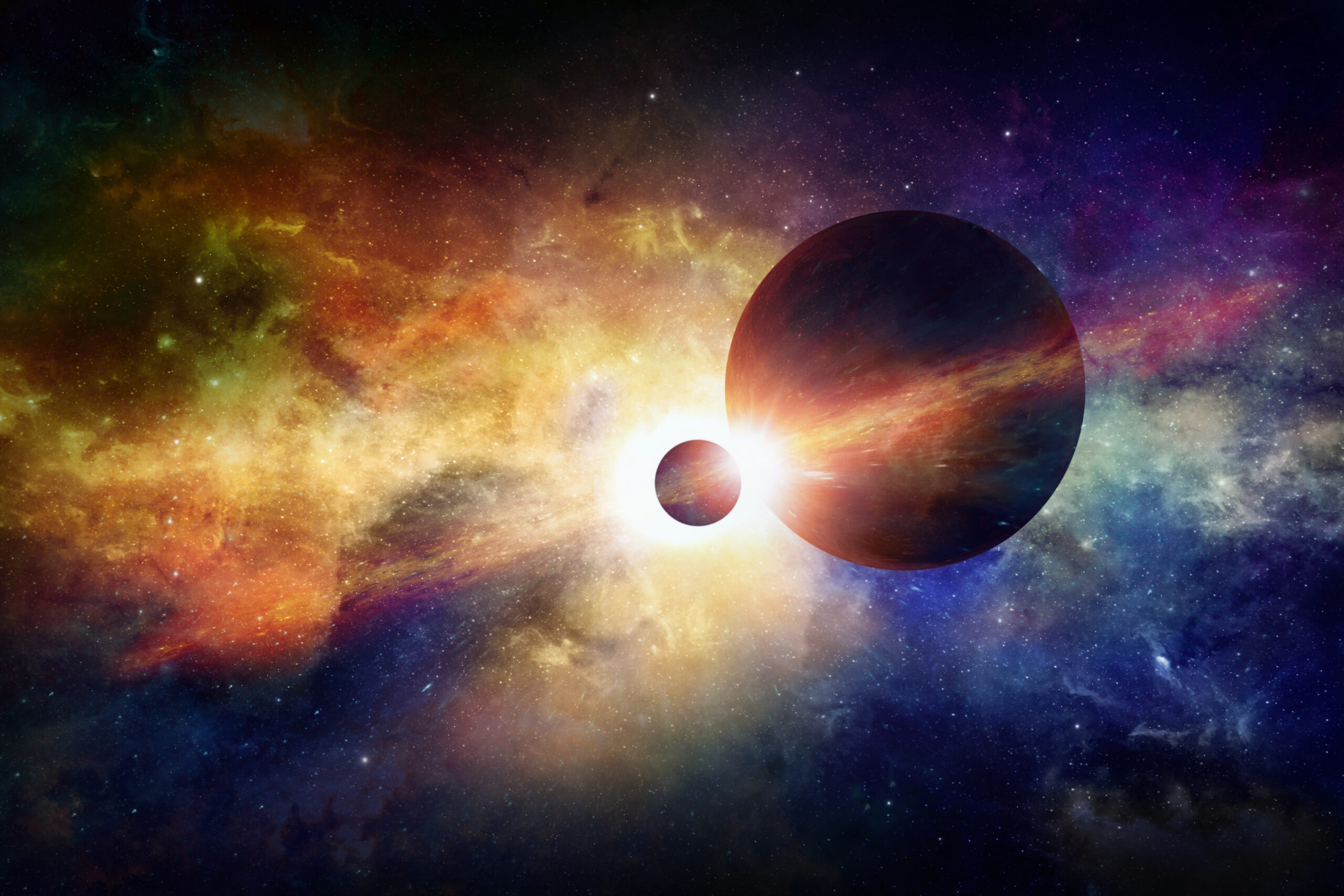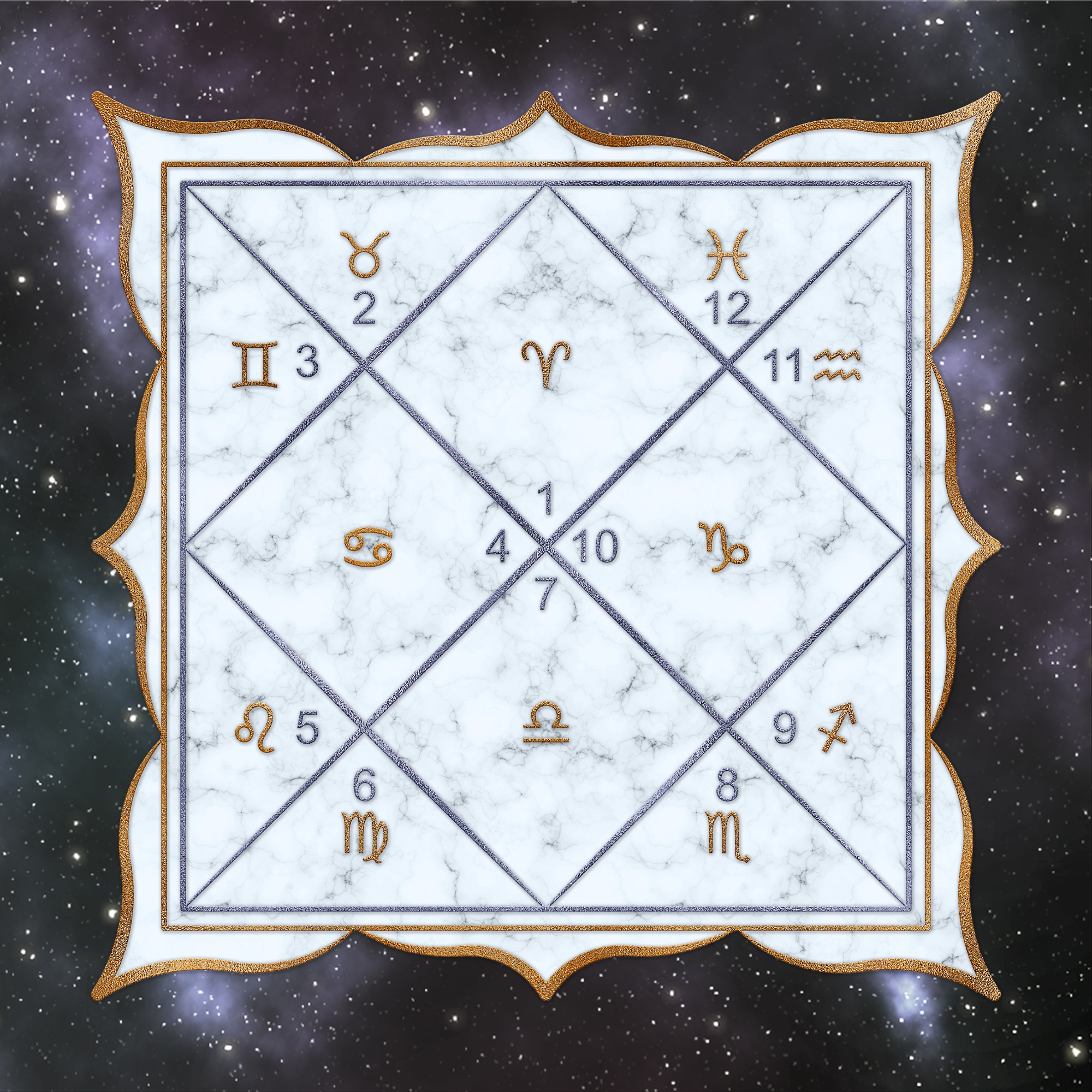Lord Shiva’s Central Role in Vedic Astrology
In Vedic Astrology, Lord Shiva holds a significant and multifaceted position, with extensive associations with planetary energies and specific planetary roles.
Shiva, the Sun, and the Moon
- Sun: Shiva is deeply connected to the Sun, symbolizing the light of pure transcendence. He represents the ultimate deity (Pratyadhi-Devata) of the Sun, reflecting the supreme light beyond our solar system. At Arunachala, in Tamil Nadu, where Bhagavan Ramana Maharshi resided, Shiva is linked to the rising Sun.
- Moon: Shiva is also associated with the Moon, symbolizing the night, mystery, and the unknown. He is often worshipped on Mondays and is connected to the waning Moon. The crescent Moon on his head and the celebration of Mahashivaratri highlight his lunar connections.
Planetary Associations
- Mars: Shiva’s second son, Skanda, is the deity of Mars, related to Agni (Fire). Skanda embodies Shiva’s fiery energy as the leader of the Devas.
- Saturn: Shiva, as the deity of time (Kala), is linked to Saturn, representing the karmic judge with slow movement and long rotation periods.
- Venus (Shukra): Shiva has the power to control Venus, symbolizing transformation, death, and rebirth.
- Rahu and Ketu: As the lord of serpents, Shiva governs the transformative and illuminating energies of Rahu and Ketu, the lunar nodes associated with eclipses.
Nakshatras and Beyond
- Shiva is connected to multiple Nakshatras, with significant associations like Mrigashira (representing Soma form) and Ardra (symbolizing Rudra form), marking regions of Orion and linking to themes of death and immortality.
Shiva as Mahakala
Overall, as Mahakala, the great deity of time, Shiva governs eternity and all planetary cycles. He transcends death and suffering, embodying the supreme yogi and ultimate guru, with his essence touching every aspect of Vedic astrology.
Om Namah Shivaya!
